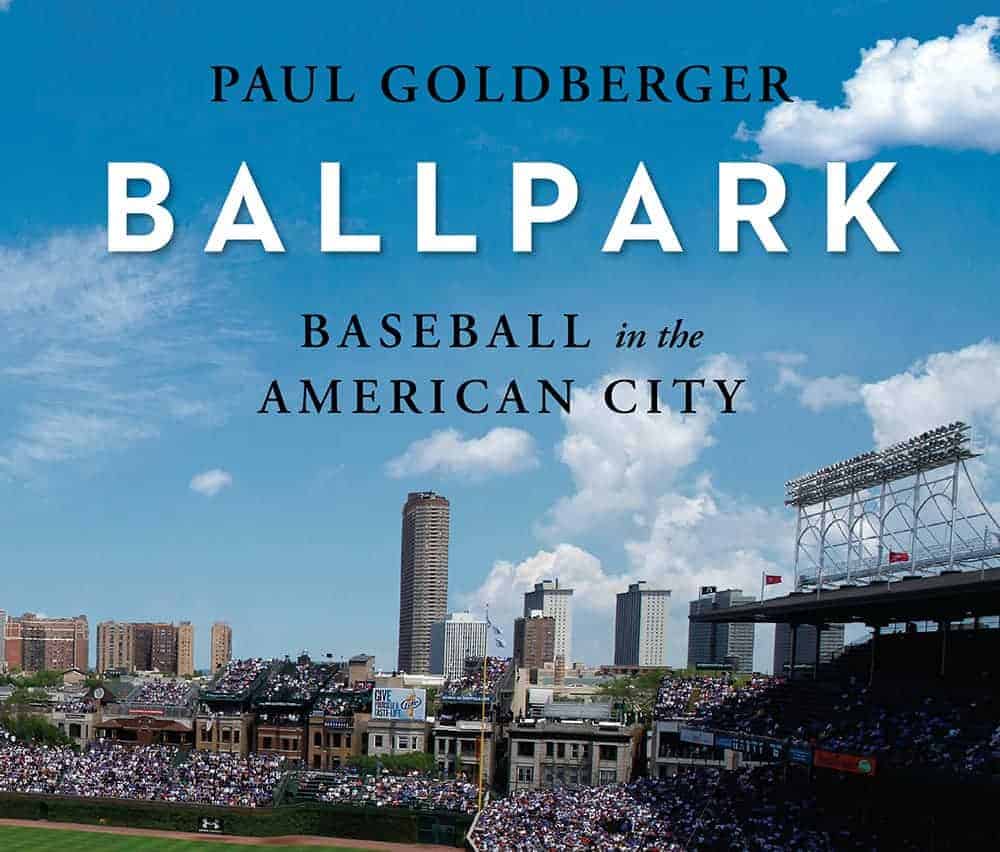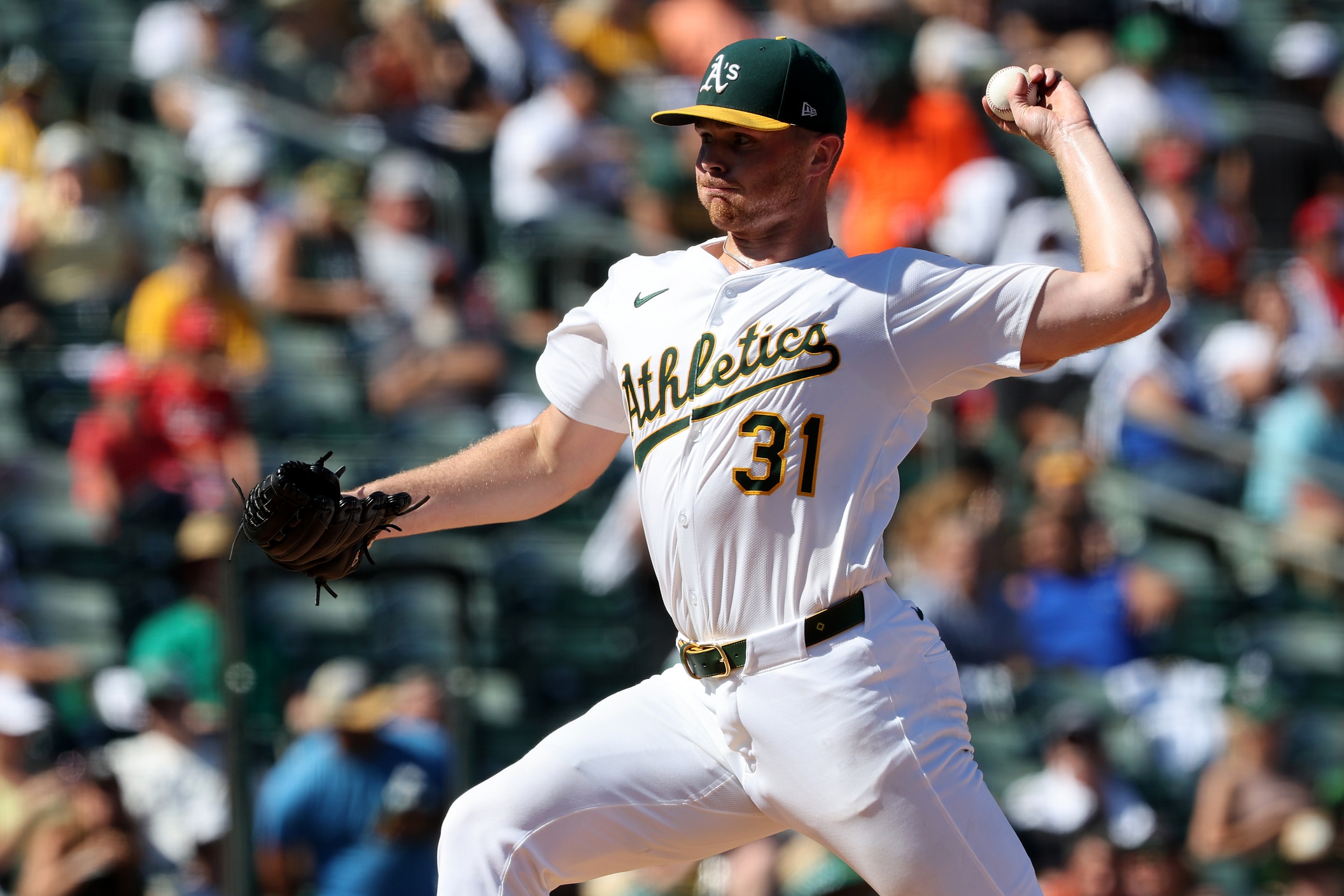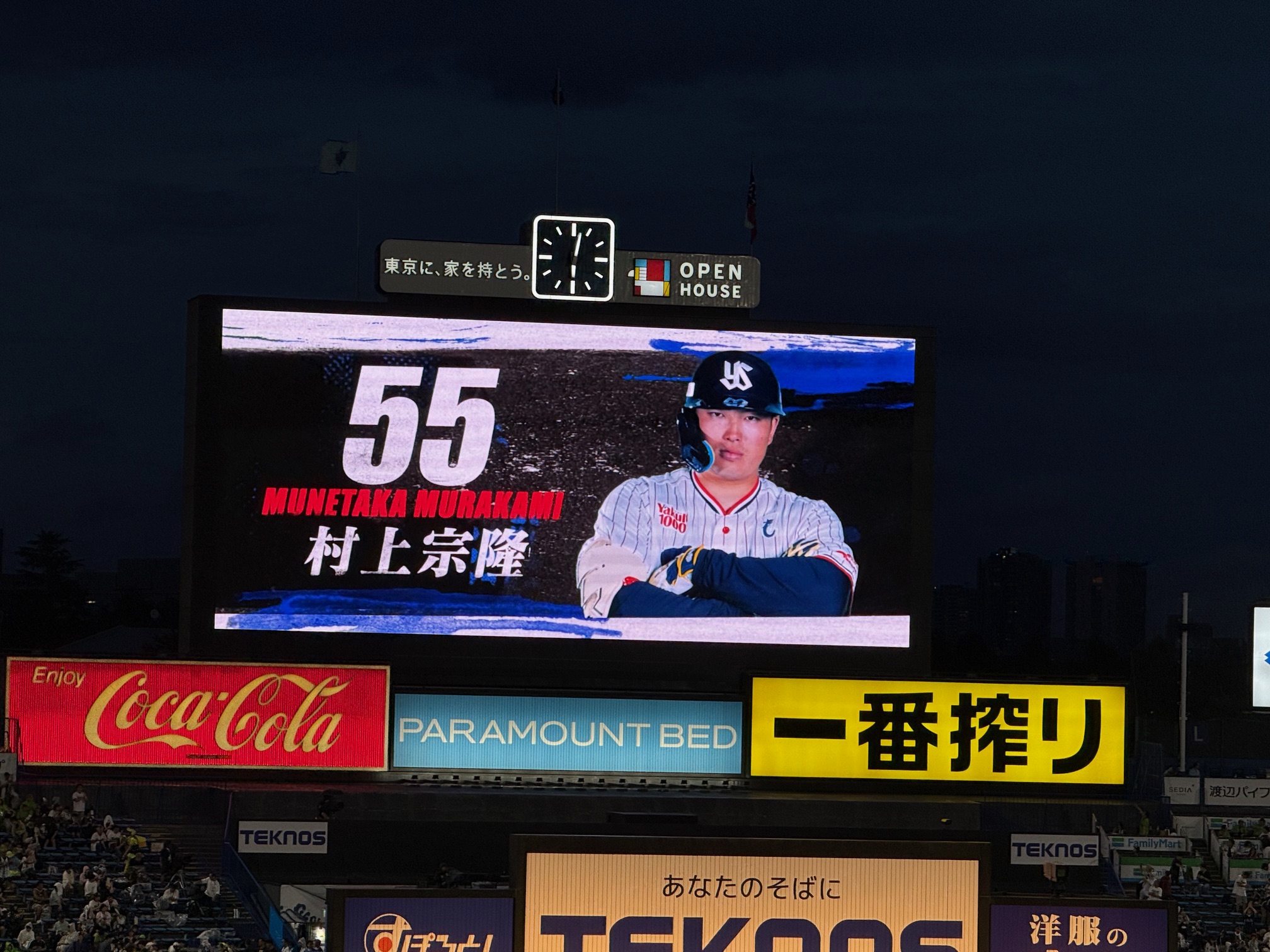I was in San Francisco a couple weeks ago, but the only game in town was in Oakland. I imagine the Coliseum is everybody's second choice when wanting to see baseball in the Bay Area, but I don't like letting that seep into my thoughts.
For one, all non-Sox fans say the same thing about the South Side when they visit Chicago when the Cubs are away, and that reflexive rejection hurts. Also, I could get to the Coliseum easily via public transportation and a second-row ticket down the foul line only cost $20, so I had no reason to prejudge it harshly.
Oakland's Coliseum an old, unloved facility, and it's a facility more than a ballpark until the game starts. But as a place to watch a game? It's fine. They had a wide range of beer selections, they had grilled sausage, the video boards presented relevant information, the employees were friendly and the fans friendlier, and while Mount Davis is a regrettable monstrosity that blocks what would be fine scenery, I do like watching an inning or two from dead center field, because most stadiums don't offer seats where you can see balls and strikes.
Is it a gem? Goodness no, but I've had worse times in better places, especially for the price. ParisSox seemed to find the same thing when he went in April. The only drawback was the two-hour trip home because a BART station between the Coliseum and San Francisco lost power, but that's not the stadium's fault.
And yet the Coliseum is easily the worst or second-worst ballpark in baseball, with only Tropicana Field and maybe Rogers Centre rivaling it for lack of natural charm. It's a golden age for stadium expectations for sure, because all but a few teams have found ways to meet the modern standards for acceptability. For the ones that failed, it's mostly not for a lack of trying, but being on the wrong side of a shift in cultural trends.
* * * * * * * * *
Ballpark: Baseball in the American City, a fantastic new book by Paul Goldberger, does a terrific job of piecing together the timeline to show how we arrived at this point.
The title Ballpark, as opposed to "Ballparks," is an intentional decision. Goldberger offers a comprehensive history of the concept of the major league ballpark, as opposed to an accounting of every place Major League Baseball has been played. He leverages his experience as a longtime architecture critic for outlets like The New York Times and The New Yorker to tie decisions to their context, and praise or knock them when he deems necessary.
Contexts have driven the direction of ballpark design since the origins of the sport. When it was a pastoral game, slapdash wood constructions did the job, and were expanded in an improvised manner to meet demand. As baseball became a more popular pursuit among the working class in major cities, team owners had to find land, and then ways to situate a ballpark inside the boundaries (Shibe Park, Fenway Park). Or, maybe they'd take a chance on a location a little outside an established neighborhood (Forbes Field).
As the game became the fixation of entire cities, ballparks became subject to the same influences that confronted their settings. When populations became scared of urban neighborhoods and moved to suburbs, the ballparks followed suit and became accessible mainly by car. When football took off and cities wanted to house all their teams efficiently, they built stadiums for both purposes. When people remembered the advantages proximity to cities offered, ballparks moved back with them. Now, with suburbs trying to offer those urban benefits in a more controlled environment, teams like the Texas Rangers and Atlanta Braves are following the incentives and open space to create entire neighborhoods and, with that, entirely new revenue streams.
While there are defined eras of ballpark construction, there isn't a clean transition from one to another. Some ballparks get caught in between, and Goldberger suggests that's happened to the White Sox with their last two homes.
Regarding Old Comiskey, Goldberger writes:
Despite the carefully wrought order of its field, Comiskey was something or an architectural anticlimax, either neither the subtlety of Forbes Field nor the drama of Shibe Park, and the park's South Side location -- the site of a former garbage dump not far from the Chicago stockyards -- had neither the energy of the densest urban sites nor any degree of scenic appeal.
This might strike the memories of longtime White Sox fans as a grave insult, and I'd argue that Comiskey Park's old archways make it easily identifiable in old footage ...
... but I'd also venture to guess that Old Comiskey nostalgia wouldn't be so strong if the White Sox hadn't made the most sterile and immediately outdated of decisions with New Comiskey. The White Sox had opportunities to improve their location as Rob detailed in his post about the failed South Loop proposals back in 2012 on South Side Sox. They also could have stayed in the same neighborhood but beaten Baltimore to the retro aesthetic in Armour Square with the beautiful, if politically impossible, Armour Field project.
Instead? Here's Goldberger:
While New Comiskey Park -- later renamed U.S. Cellular Field, and then, under a different corporate naming rights deal, Guaranteed Rate Field -- is a baseball-only park and eschews the circular shape of the 1960s and '70s stadiums, depsite those virtues it is really the last of the twentieth century's concrete behemoths. Its overall design bears a distant resemblance to the Royals stadium, but without the graceful curves of the Kansas City grandstand. The design of New Comiskey's enormous, wide, and steep upper-deck overhang that led to so many obstructed-view seats at the old Comiskey, meant that a vast number of seats were at a great distance from the field. It was a poor trade-off for getting rid of the columns that had supported old Comiskey's upper deck. The critic John Pastier observed that the seats in the first row of the upper deck in the new park are farther from the field than the seats in the last row of the old one.
The new Comiskey that HOK produced may have been built right next to the old Comiskey on Chicago's South Side, but it was in every other way a suburban stadium. By some measures it was worse, since it was a suburban stadium placed inside the city, and building it required the destruction of several blocks of original urban fabric.
The White Sox -- and the state agency that technically owns the stadium -- have taken measures improve Guaranteed Rate Field, but it can't do anything with the remoteness of the upper deck or the direction the park faces. They also dipped a toe into the idea of building up around the ballpark with ChiSox Bar and Grill and the Chicago Sports Depot, but can't scale up the way the Braves are doing in Cobb County.
These mistakes have defined the stadium's entire existence. They've also created a lot of tension and speculation about what the White Sox will do after 2029, when the Guaranteed Rate naming rights expire and the White Sox release the agency from its obligation to modernize the park.
* * * * * * * * *
I'm reluctant to pull at that thread, mostly because I have no idea what's on the end of it -- Suburban stadium? New owner footing some of the bill for real estate purposes? -- but also because its flaws are amplified by the mostly uninteresting teams that have occupied it for the last 10 years. All the worries about location and attendance would've long subsided if the White Sox ever made the postseason two years in a row.
One of the things I've come to appreciate about whatever you want to call Sox Park is that it's a fairly democratic experience. If you go to Citi Field and Yankee Stadium, there are moats separating the good sections from the normal ones, and it's off-putting to see the best seats unoccupied while other sections are sold out because it's too hot, cold, early, late, etc. Guaranteed Rate Field has the Scout Seats and Goose Island, but all other lower-deck sections are theoretically accessible to the average fan. The upper deck/lower deck divide exists, but that's not a result of team policy, not stadium design. Throw in an active tailgating culture, and there's a lot of autonomy with how much money a fan needs to spend inside the park to have a fulfilling day out.
That seems to run counter to ballpark trends. Seating capacities are shrinking in concert with falling attendance around the league, and teams seem to be focusing on how much money they can extract from the fans who show up. It's not just newer parks like Yankee Stadium, Citi Field and SunTrust Park, either. The White Sox did it with the Goose Island, and the Cubs are going even harder with their various exclusive areas.
I read Ballpark in between a couple of books I didn't expect to be related: Susan Orlean's The Library Book, and Eric Klinenberg's Palaces for the People. Orlean's book is a unique and satisfying combination of memoir/explainer/true crime, while Klinenberg's is a dryer but passionate sequence of case studies regarding social infrastructure, but both lean heavily on the theme of the library as a sorely needed center of public good. All of their functions are vital for people who need them, and underappreciated, unacknowledged or simply unknown by people who don't.
This isn't unique to libraries. Every so often somebody makes a bold stab at taking a public good private, like when Chicago flirted with an express tunnel to O'Hare that appeared to be the Blue Line, but exclusive.
A baseball stadium isn't a public, not-for-profit entity like a library or city park, but Goldberger's depiction of a ballpark as a provider of rus in erbe -- country inside city -- makes it come closer to one than any other sports arena. An admission fee is required, but it's been the cheapest major sport to attend due to size of stadiums and abundance of home dates, so it's able to stand as a gathering place for all sorts of people.
But following the evolution of ballparks in Ballpark -- born from neighborhoods, swelling from ambition and lack of constraints, then reclaiming intimacy at enhanced costs -- they're vulnerable to the same forces to wring more and more money out of something that seemed more straightforward and public-oriented.
It's impossible to disagree with Goldberger when he dismisses Guaranteed Rate Field as a city ballpark without urban sensibilities or sensitivities, or lumps Oakland in with all the other multi-sport stadiums that have been leveled from the landscape for good reason. Even if you have no interest in reading another criticism about the choices made at 35th and Shields, Ballpark is worth picking up for a better understanding of where ballparks have been, where they're going and why. All I'm saying is, as we enter what appears to be the last decade of ballpark peace on the South Side, it's at least worth acknowledging the unintended benefits when you have to make a home of a stadium time left behind.






